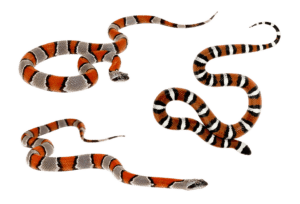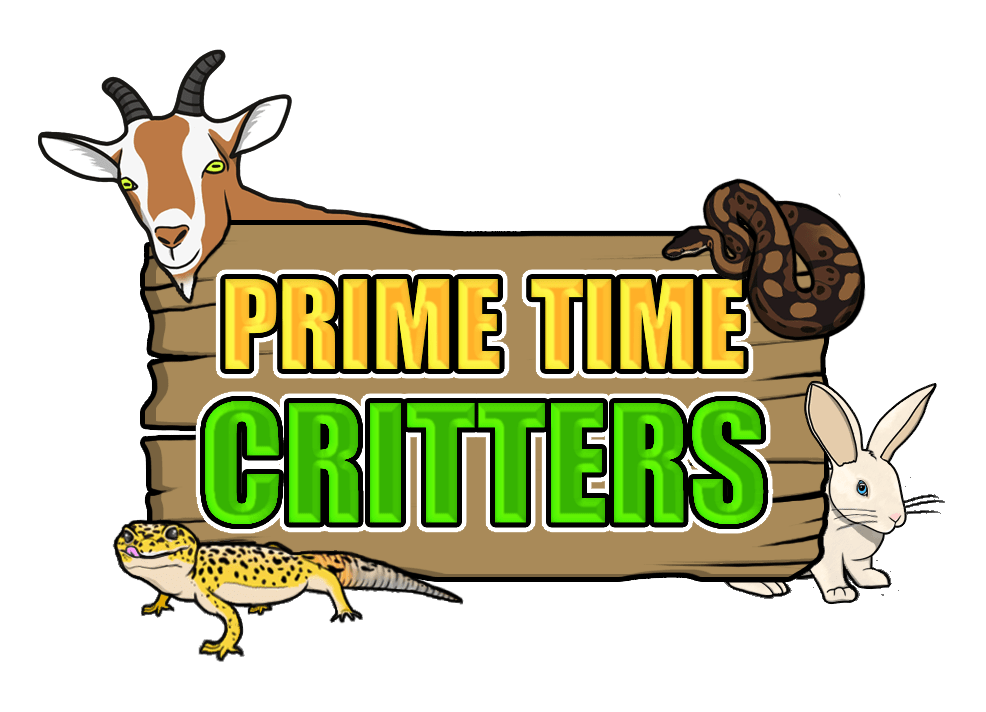
Facebook
Twitter
LinkedIn
[ad_1]
The Fascinating Western Hognose Snake: Facts and Care Tips
Western Hognose snakes (Heterodon nasicus) are one of the most captivating and unique reptiles found in North America. With their distinctive upturned snouts and stout bodies, these snakes have become increasingly popular in the reptile-keeping community. In this article, we will delve into some interesting facts about the Western Hognose snake and provide a care sheet to guide enthusiasts in providing optimal care for these captivating creatures.
Fact Sheet:
– Appearance: Western Hognose snakes are characterized by their stout bodies, ranging from 18 to 46 inches in length. They can be found in a range of color variations such as gray, brown, yellow, and red. The V-shaped markings along their backs make them easily recognizable.
– Range and Habitat: These snakes are predominantly found in the central and western regions of the United States, including states like Arizona, Colorado, and Texas. They thrive in various habitats, ranging from grasslands and prairies to arid desert regions.
– Behavior: Western Hognose snakes are generally docile, making them ideal reptiles for keeping as pets. If threatened, they may put on an impressive defensive display by flattening their necks, hissing loudly, and even playing dead.
– Diet: As carnivorous reptiles, Western Hognose snakes primarily feed on a diet consisting of rodents, such as mice and shrews. It is important to offer them appropriately sized prey items to ensure optimal digestion.
– Reproduction: Breeding season for Western Hognose snakes typically falls in spring. Females lay between 5 to 25 eggs, which are then incubated for around two months. Hatchlings measure around 7 to 10 inches in length.
Care Sheet:
Proper care is crucial to maintain the health and well-being of Western Hognose snakes. Below are some essential care tips to ensure their optimal living conditions:
1. Enclosure: Provide an adequately sized enclosure, such as a glass terrarium or plastic reptile tub, with secure lids. A 20-gallon tank is suitable for an adult snake. Use substrates like aspen bedding or coconut husk, which allow burrowing.
2. Temperature and Humidity: Maintain a thermal gradient in the enclosure, with a warm side ranging between 85-90°F (29-32°C) and a cool side around 75-80°F (24-27°C). A basking spot with a temperature of 90-95°F (32-35°C) is important. A humidity level of 40-60% is suitable.
3. Lighting: Western Hognose snakes are primarily crepuscular and do not require UVB lighting. However, providing a low-wattage light or a heat pad can help maintain the desired temperature gradient.
4. Feeding: Offer appropriately sized mice every 5-7 days for adults and pinky mice every 4-5 days for hatchlings. Ensure the prey item is no wider than the widest point of the snake’s body to avoid regurgitation.
5. Enrichment: Provide hiding spots such as logs or caves, as well as branches and fake plants for climbing. This will mimic their natural environment and offer opportunities for mental stimulation.
6. Health Check-ups: Schedule regular visits to a reptile veterinarian for health check-ups and potential parasite screenings.
If anyone requires further assistance or has any questions regarding the Western Hognose snake or reptile care in general, feel free to reach out to Prime Time Critters. Our team of experienced reptile enthusiasts is always ready to provide guidance and share their knowledge.
In conclusion, Western Hognose snakes are captivating reptiles that offer a unique and rewarding pet-keeping experience. By following appropriate care guidelines and creating a suitable habitat for these impressive serpents, enthusiasts can enjoy the enchanting presence of Western Hognose snakes for years to come.
[ad_2]
Through education and awareness, I strive to inspire the next generation of caregivers, conservationists and environmental advocates.




Get updates about our newsletters!
